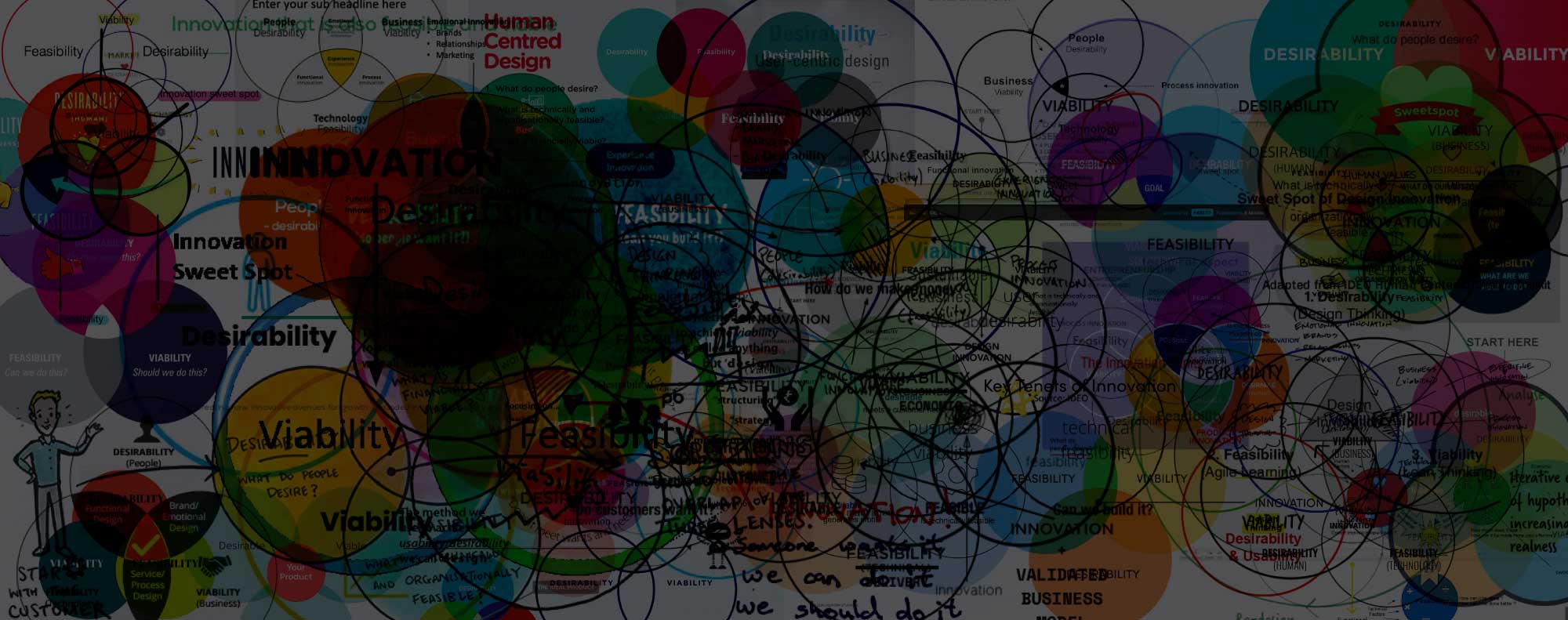
Move Over Design Thinking Desirability, Viability, Feasibility Time for a Better Approach
Desirability is an important level of user experience that gauges how much a product or brand is wanted by a consumer. Sometimes, high desirability may be expressed through a premium. Increased prices sometimes evoke desirability—for example, as seen with a sleek BMW car design.

Design thinking—a methodology with a proven ROI—integrates customer desirability, business
Desirability refers to the degree to which a design concept meets the needs, wants, and expectations of the target audience. This includes factors such as aesthetics, usability, and emotional.

Design thinking and codesign Learning for Sustainability Design Thinking Process, Systems
It appeals to those interested in designing products and services that are desirable. In today's competitive landscape, products and services that connect with human meaning, usability, and emotions are more likely to be successful. Designing for desirability begins with questions of what we mean by 'desirable' and 'for whom'.
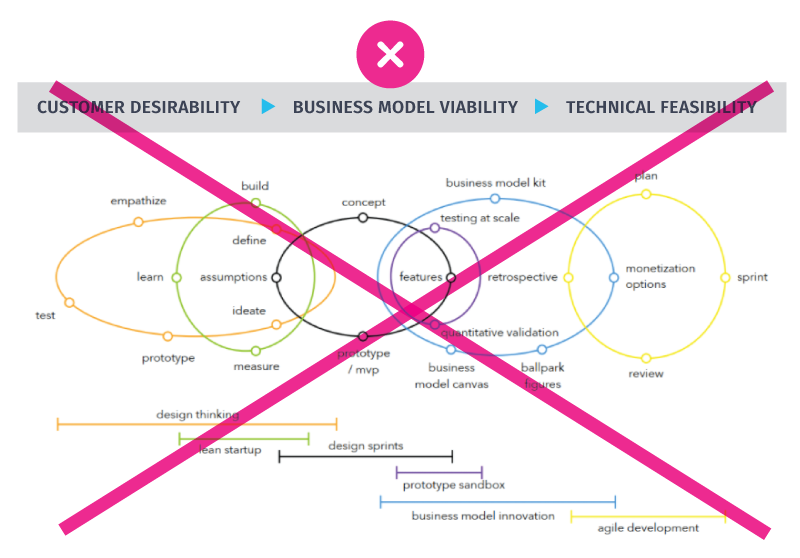
Move Over Design Thinking Desirability, Viability, Feasibility Time for a Better Approach
Design thinking builds people's capacity to innovate by having them adopt and practice a certain mindset. The skills developed through design thinking can then be applied in a variety of ways, such as a design sprint — a process for testing ideas that involves fast prototyping. So how do you get started with design thinking?
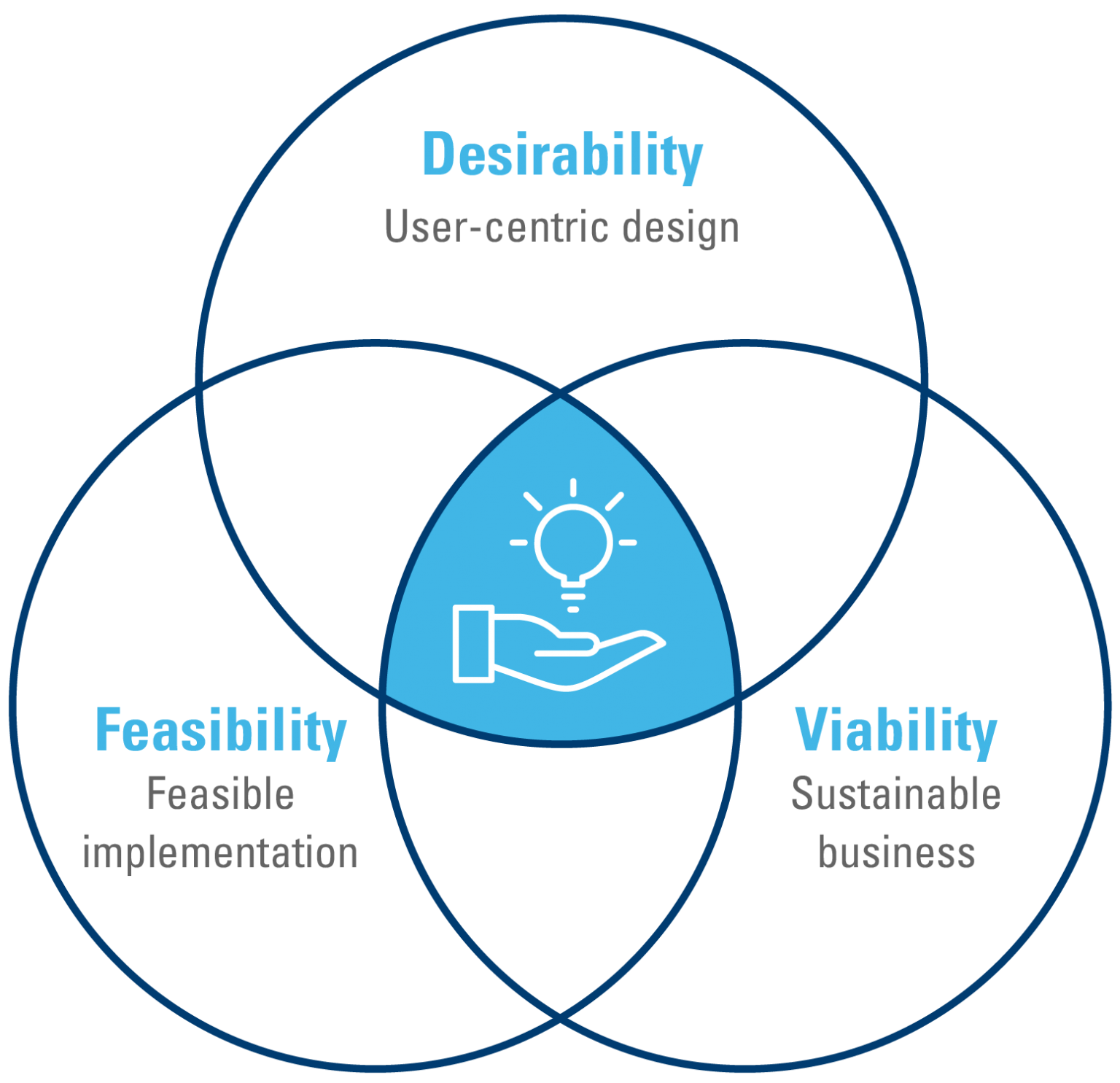
Design thinking ensuring desirability, feasibility and viability of innovation
The answer is possibly a big no! Take the case of Tata Nano, the car that was supposed to shake up the auto industry. Tata motors demonstrated that it was feasible to produce a car at that low price point, at a fairly consistent quality and reliability level. Unfortunately, there was no convergence of desirability, feasibility and viability.
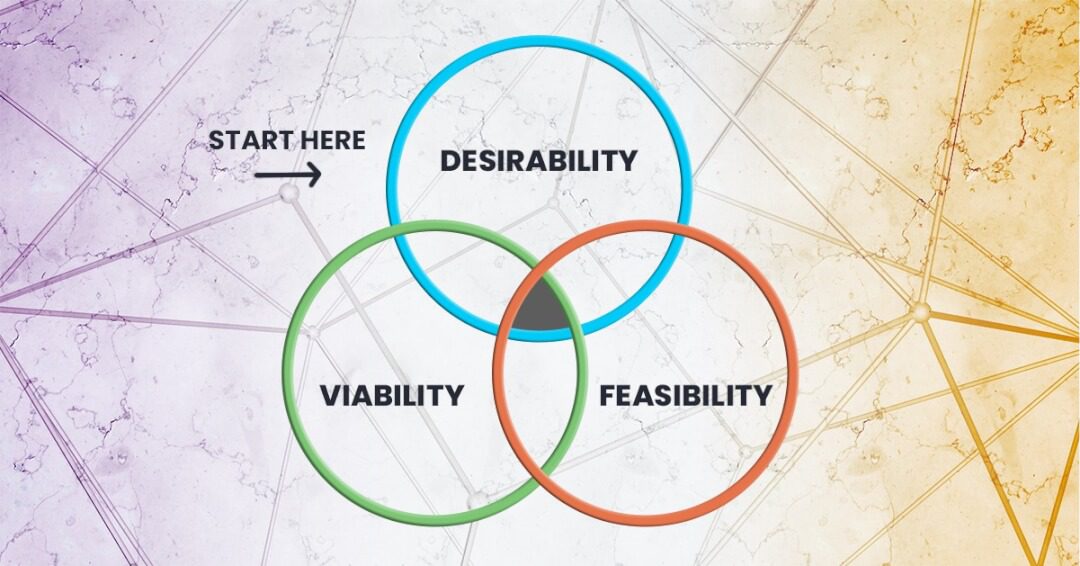
Apa itu Design Thinking dan Mengapa Penting untuk Bisnis? Ekipa Indonesia
Design thinking is a non-linear, iterative process that teams use to understand users, challenge assumptions, redefine problems and create innovative solutions to prototype and test. It is most useful to tackle ill-defined or unknown problems and involves five phases: Empathize, Define, Ideate, Prototype and Test. Show video transcript

Design Thinking Creativity, Innovation, and Design Studio Subject Guides at Brigham Young
Design Desirability, feasibility and viability diagram: What does it mean? In this post we'll define desirability, viability and feasibility and provide examples to illustrate how these criteria keep you on the right track when designing any product. Cynthia Vinney 6 October 2022 6 min read Free course: Introduction to UX Design What is UX?

Creating desirability through emotional connections by Sol PandiellaMcLeod Medium
T he desirability, viability, feasibility diagram was originally developed to help explain the design thinking approach, which is primarily concerned with putting the customer or user at the center of the innovation process.

Design Thinking; Feasibility, Viability, Desirability Model. (HPI... Download Scientific Diagram
The design thinking process doesn't follow a fixed sequence of steps, but it has an ideal end point. The end goal of every design thinking project is a solution that is desirable, feasible and viable. Desirability focuses on people. It's what puts the "human" in human-centered design. Your solution is desirable if it appeals to the.
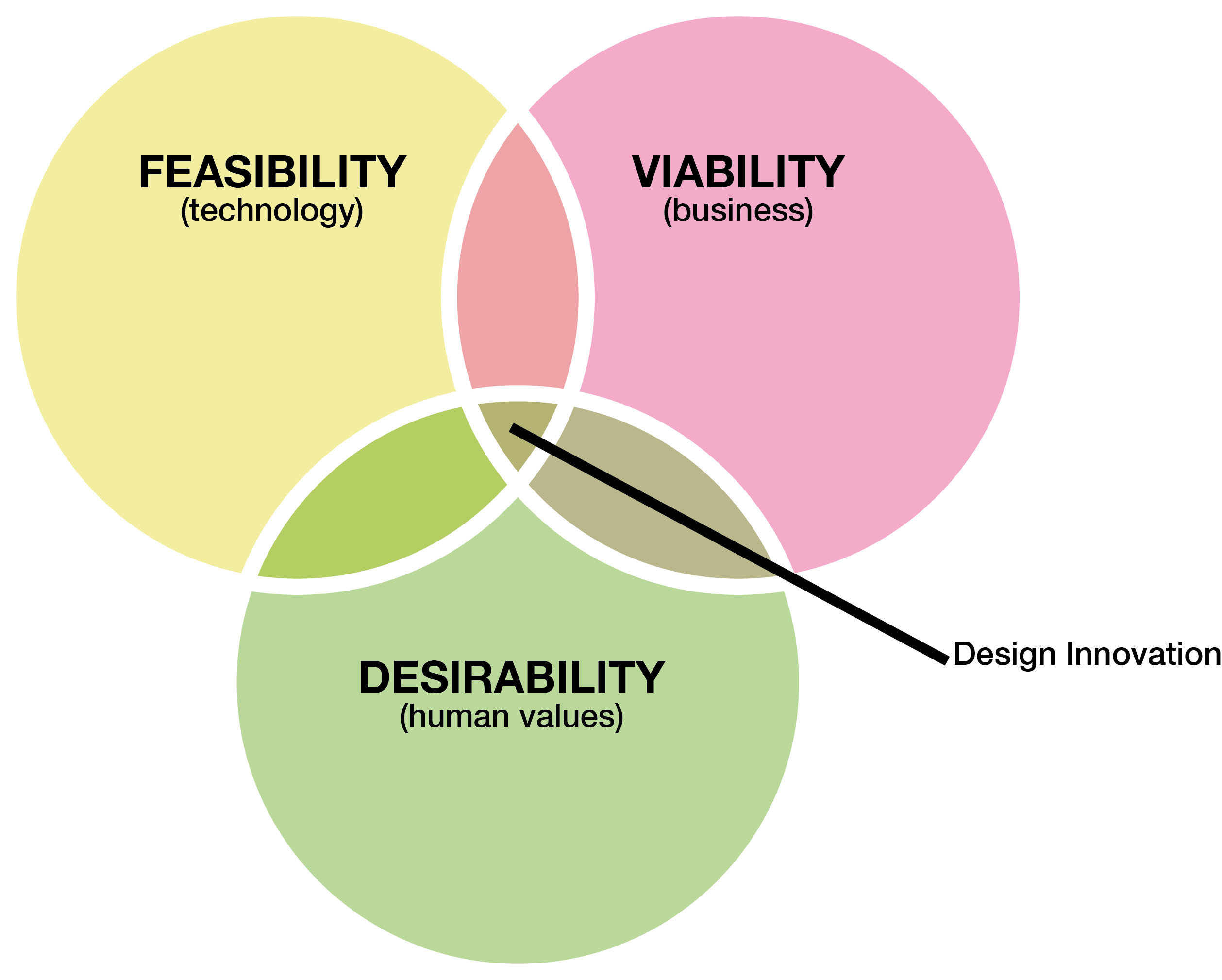
will actively search for and analyze users needs and then develop ideas concepts and detailed
Desirability, viability, and feasibility is a design thinking methodology to test ideas, concepts, and hypotheses to determine if you have a unique value proposition (aka unique selling point) and whether it's worth pursuing. Without checking all three boxes, you increase the risks, costs, and potential for failure.

a diagram with the four areas labeled in each circle, including technology innovation and
The 5 phases of design thinking Empathizing with your target audience, your end users, whether B2C or B2B. Discovering, exploring, learning and putting yourself in your end users' shoes. Being user-centric. Defining the problem space, its scope and the opportunity areas that you can innovate around. Being specific.

Desirability research, or what does the user like? Ergomania UX and product design agency
IDEO's Desirability, Viability and Feasibility (DVF) framework is a powerful tool that helps teams create successful products by evaluating three key factors separately and bringing them together. By considering desirability, viability, and feasibility at each stage of the development process, product design teams can reduce uncertainty and.

Design thinking desirabilityfeasibilityviability
Design Thinking is a customer-centric development process that creates desirable products that are profitable and sustainable over their lifecycle.. By definition, a prototype is cheaper and faster to produce than a complete solution. This enables faster feedback from users and customers, increased understanding of solution requirements, and.

Desirability Model from Design Thinking / HumanCentred RSUWorkinprogress
Desirability Feasibility Empathy Ideation Download chapter PDF Learning Objectives: In this chapter, we will explore the process of design thinking as a discipline. We will then explore its integration within healthcare. By the end of the chapter, a reader shall be able to: Define the concept of design thinking

Desirability, viability and feasibility as a part of the design... Download Scientific Diagram
Table of Contents 1) What is Desirability in Design Thinking? 2) Viability in Design Thinking 3) Feasibility in Design Thinking 4) Benefits of DVF Framework 5) Conclusion What is Desirability in Design Thinking? Customers or users need or want a product that satisfies the Desirability criteria.
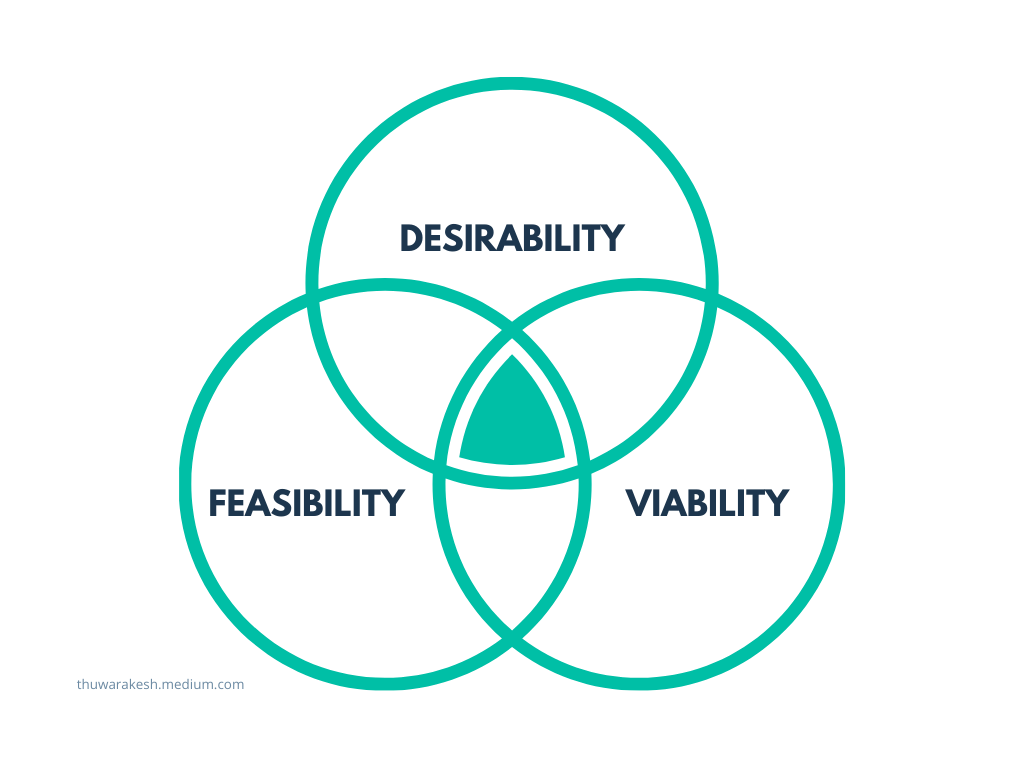
Stanford’s 5 Steps of Design Thinking for Innovation. Bootcamp
6 The ideal innovation process is the trifecta of desirability, feasibility and viability, an idea that originated from IDEO in the early '00s (.